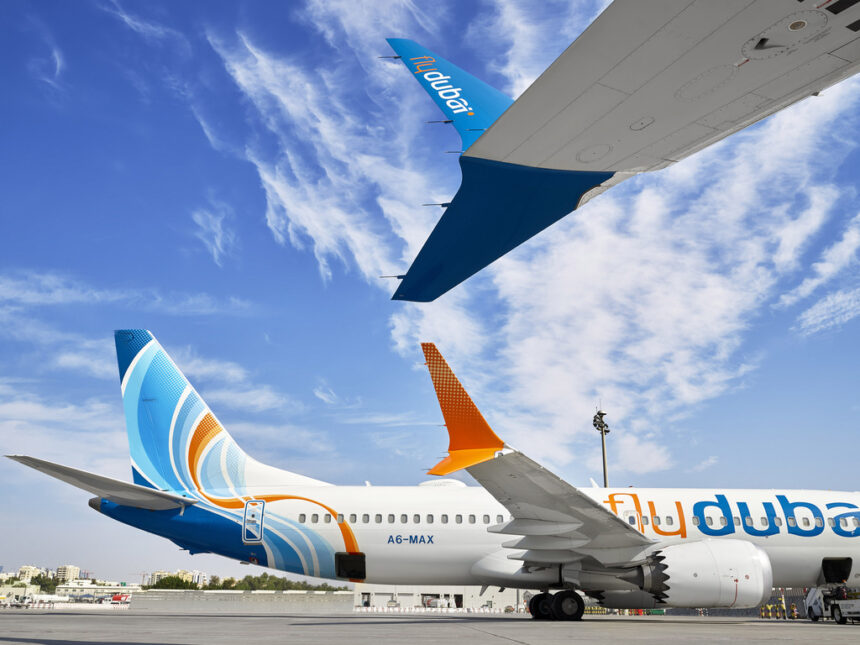The European Union Aviation Safety Agency (EASA) will adopt an Emergency Airworthiness Directive (EAD) issued by the Federal Aviation Administration (FAA) for the Boeing 737 MAX 9; confirming no EU operators are affected.
The EAD specifically applies to Boeing 737 MAX 9 aircraft with a certain configuration. This directive has significant implications for aircraft in this particular configuration, and calls for temporary grounding until a maintenance inspection is carried out.
It stems from the recent incident on an Alaska Airlines flight where a mid-cabin door plug detached in flight, causing a rapid decompression of the cabin.
The Emergency Airworthiness Directive (EAD)
The Emergency Airworthiness Directive is a crucial regulatory tool implemented by aviation authorities to address immediate safety concerns.
In this case, the FAA’s directive prompted a grounding of 171 aircraft with a specific configuration until a thorough inspection has been completed.
[monsterinsights_popular_posts_inline]

The Configuration Under Scrutiny
The EAD focuses on a specific configuration where a mid-cabin exit recess is replaced by a plug-in panel.
This particular setup is often adopted by airlines operating in lower-density operations, where the additional exit is deemed unnecessary to meet evacuation safety requirements.
The replacement of the 737 MAX 9 mid-cabin exit with a plug-in panel poses potential risks, as highlighted by the Alaska Airlines event.
EASA’s Decision and Regional Impact
Despite the absence of airlines in EASA Member States currently operating aircraft in the identified configuration, EASA has decided to adopt the FAA EAD.
This decision underscores the collaborative nature of international aviation safety standards. It is a pre-emptive move by EASA to address potential risks before they materialize in European airspace.
Exempted 737 MAX 9 Aircraft in Europe
It’s crucial to note that 737-9 aircraft operating in Europe do not have the specific configuration covered by the EAD.
Consequently, these aircraft are not grounded by the directive and can continue to operate without disruption.
This exemption emphasizes the importance of understanding the nuances of the directive and its applicability to different aircraft configurations.
Collaboration Between EASA and FAA
EASA’s decision to adopt the FAA EAD reflects a coordinated effort in maintaining global aviation safety standards.
The European agency says that it remains actively engaged with the FAA, closely monitoring the investigation into the Alaska Airlines incident.
This collaboration ensures a unified response to safety concerns, reinforcing the commitment to passenger welfare and operator safety.

Click the banner to subscribe to our weekly newsleter.

Click the photo to join our WhatsApp channel so then you can stay up to date with everything going on in the aviation industry!









